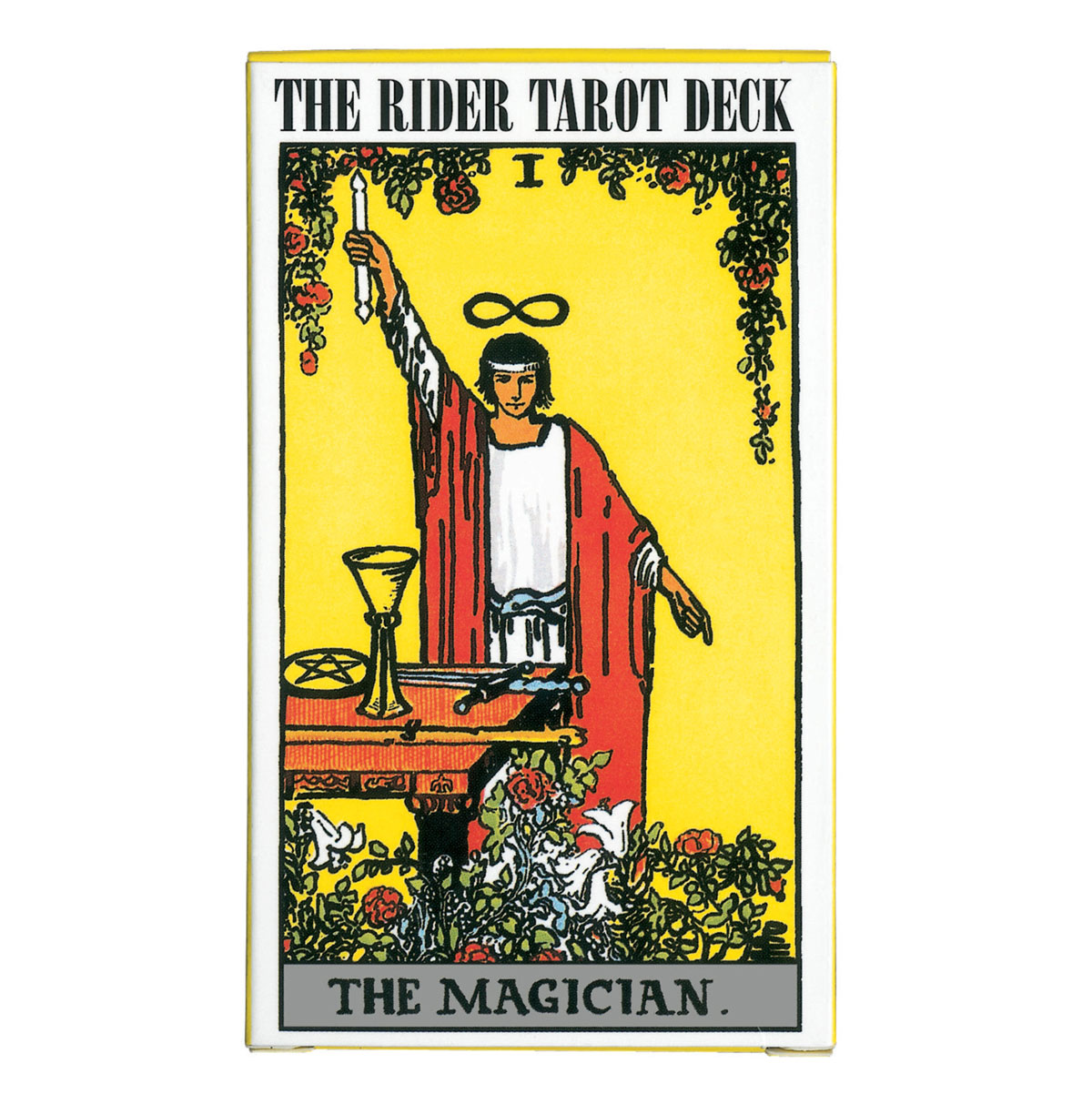A Machine for Constructing Stories: An Introduction
What’s the deal?
Cabinet

The exact origins of tarot cards are uncertain, but references to them first emerge in Western Europe during the mid-fifteenth century, a renaissance moment in general for card games. Believed to descend from the playing cards for an Italian game known first as trionfi and in the next century more familiarly as tarocchi (from a word meaning “foolish”), these early cards featured the four suits the tarot still uses today—cups, swords, coins (or “pentacles”) and batons (or “wands.”)
Despite its contemporary reputation as a tool for soothsaying, the tarot deck did not begin to acquire its occult connotations until the late eighteenth century. It was then that figures like the French-born pastor Antoine Court de Gébelin and the Parisian wigmaker-turned-esoteric Jean-Baptiste Alliette, drawing on the current fascination with things Egyptian, popularized the power of “les Taraux” to establish contact with the mysteries of the past and predict future fortune. (In a chapter on tarot in his 1773 Le Monde Primitif, Gébelin asserted that the cards were actually created by the Egyptian god Thoth to share ancient wisdom; a decade later Alliette, using the inverted name “Etteila,” gained fame as the day’s leading fortune-teller.) Employing their special interpretive sensitivities, tarot “readers” could use the images on the various cards of the Major and Minor Arcana—kings and beggars, hierophants and fools, angels and devils—to build a narrative suggesting the outcome of particular events or situations in the lives of their subjects.
As we were researching this current issue devoted to Chance, a colleague suggested we seek out Italo Calvino’s The Castle of Crossed Destinies, a novel based on this idea of the tarot as a generator of narrative possibility—what Calvino calls a “machine for constructing stories.” For the following two pieces, authors Denis Johnson and Francine Prose were asked to participate in an experiment designed to gauge this latent potential. Provided with identical tarot decks, each was asked to lay out three cards from each of the Major and Minor Arcana in sequence and then to write, as extemporaneously as possible, texts that responded in some way to the cards they were dealt. What follows are these texts, accompanied by the sequence of cards that inspired them.
For Francine Prose’s text, click here.
For Denis Johnson’s text, click here.